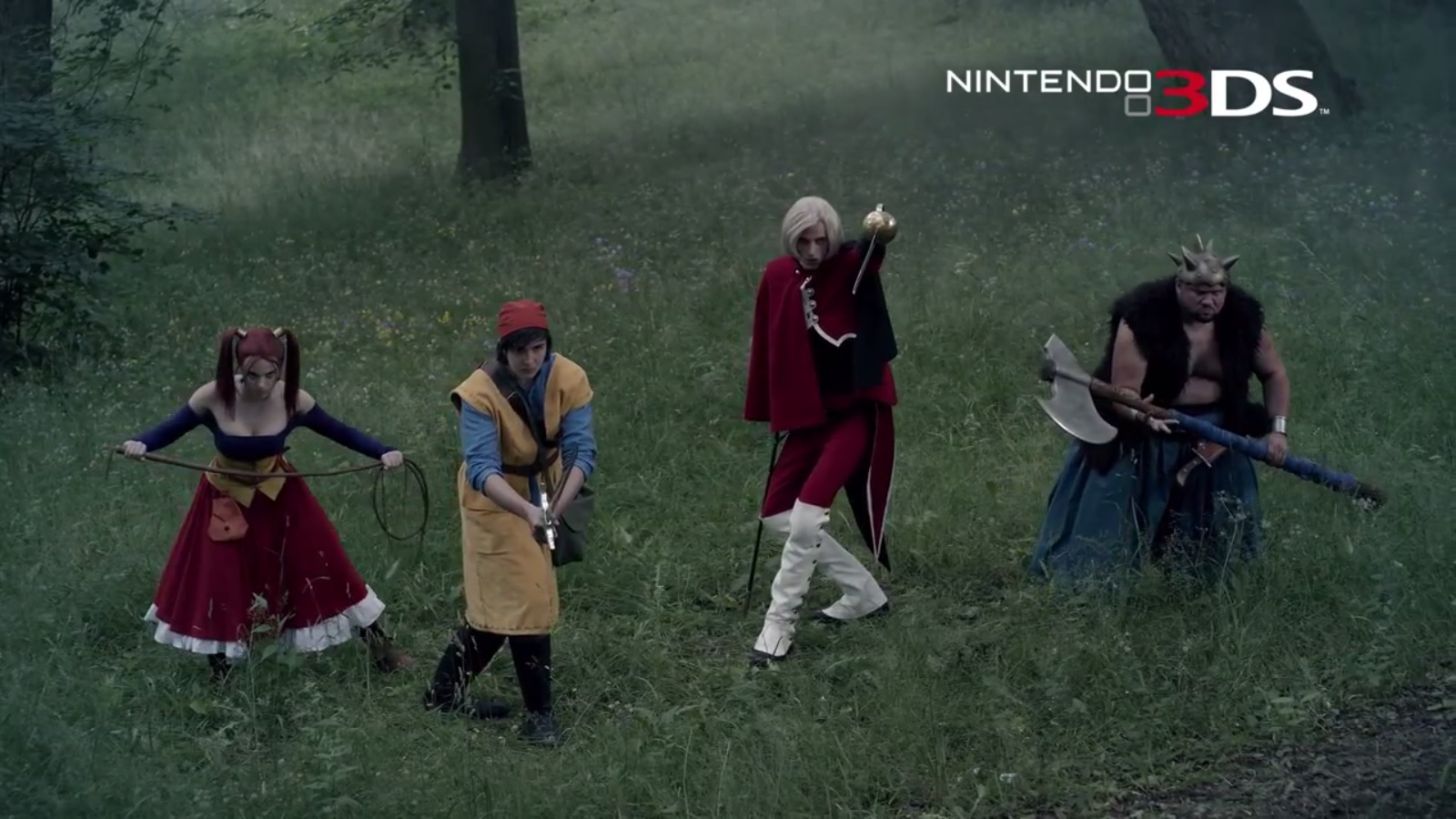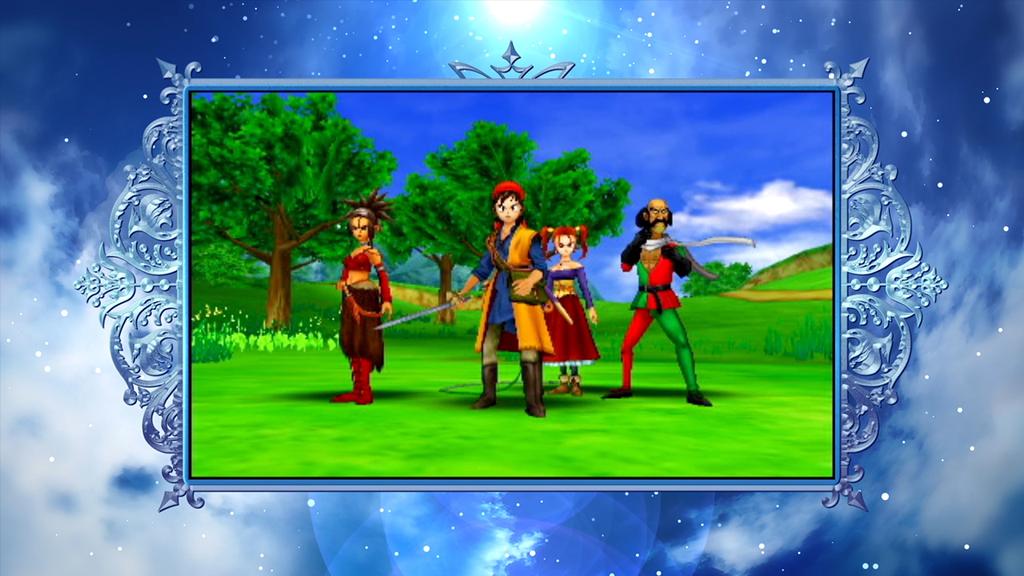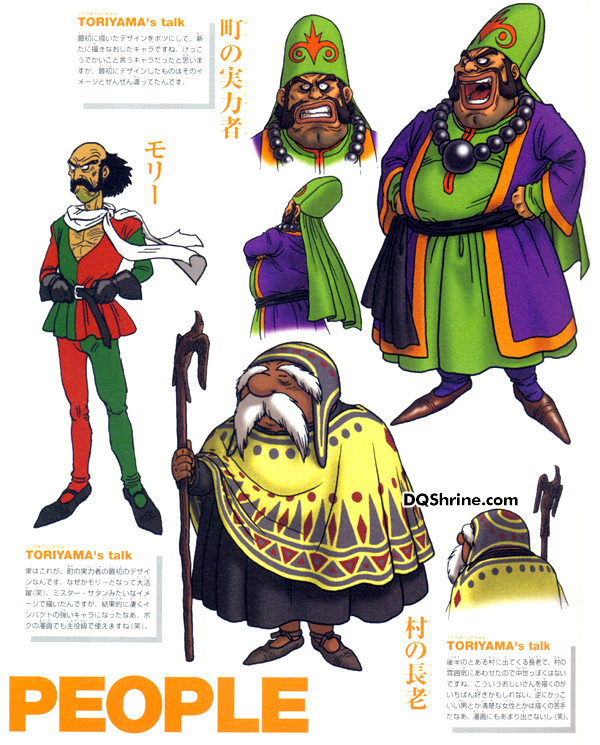
Saving can only be performed at a church in town. The player can use an alchemy pot to synthesise equipment, items, and weapons using ingredients gathered by foraging or finding them in treasure chests or getting them as drops from defeated monsters. Multiple quests can be taken on and completed at once, and can vary in content from errand tasks to defeating specific monsters. In addition to the main story quests, the player can pick up optional side-quests from non-player characters (NPCs) found through the world, with some being standalone and others being related chains of quests. The in-game environment is displayed from a overhead isometric perspective, with both the environment and character models being displayed with 3D graphics. The display is split between the two screens of the Nintendo DS the top screen displays the map area and the player's location on it together with party status, while the bottom screen shows the immediate environment and main menu display.

Hugely popular in Japan, the game's anonymous communication mode would inspire the Nintendo 3DS's in-built SpotPass and StreetPass.Ī battle in Dragon Quest IX: the player's party engages a monster, triggering a damage multiplier with consecutive attacks.ĭragon Quest IX: Sentinels of the Starry Skies is a role-playing video game set in a fantasy world the player takes on the role of a customizable player character of the Celestrian people trapped in the mortal world. Several critics felt that its traditional design restricted or undermined its other elements. Reviews in both Japan and the West were generally positive, with most of the praise being directed towards its gameplay design and graphics.
#Dragon quest viii classes series#
Upon release in Japan, the game posted strong sales, and with over five million copies sold worldwide by 2011 was the best-selling entry in the series until the multiplatform Dragon Quest XI (2017). Localization was handled by PlusAlpha and Schloc, who had previously localized Dragon Quest VIII. Some of the game design drew inspiration from The Elder Scrolls IV: Oblivion and Diablo.Īnnounced in 2006 with a planned release the following year, the game was delayed by two years, with the final delay to allow bug fixes prompting Square Enix to cut its profit forecasts. Due to the focus on multiplayer, the narrative and game design had to be tailored to that. While an early prototype used an action-based combat system, negative fan feedback and internal testing prompted a return to the turn-based gameplay of earlier entries. Series creator Yuji Horii acted as game and story designer, with artist Akira Toriyama and composer Koichi Sugiyama also returning from previous entries.

Online functions ended in 2014 when it ceased operations.ĭevelopment began in 2005, with Level-5's Akihiro Hino both acting as co-director and encouraging the game's development for the DS. While carrying over traditional gameplay from the rest of the series with turn-based battles, the game is the first Dragon Quest entry to feature a customizable player character, and the first to include a multiplayer mode, with the option of trading treasure maps and loaning player characters through Nintendo Wi-Fi. The storyline follows the protagonist, a member of the angelic Celestrian race, after a disaster in their home scatters magical fruits across the mortal realm.

Published by Square Enix in Japan in 2009, and by Nintendo overseas in 2010, it is the ninth mainline entry in the Dragon Quest series. Dragon Quest IX: Sentinels of the Starry Skies is a role-playing video game co-developed by Level-5 and Square Enix for the Nintendo DS.


 0 kommentar(er)
0 kommentar(er)
